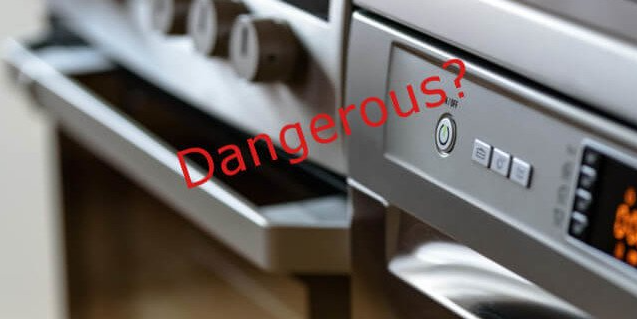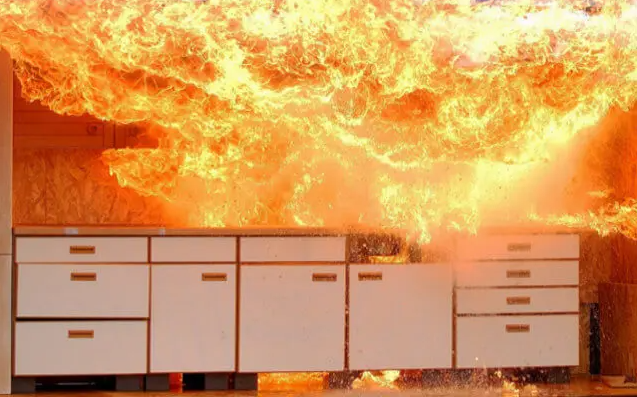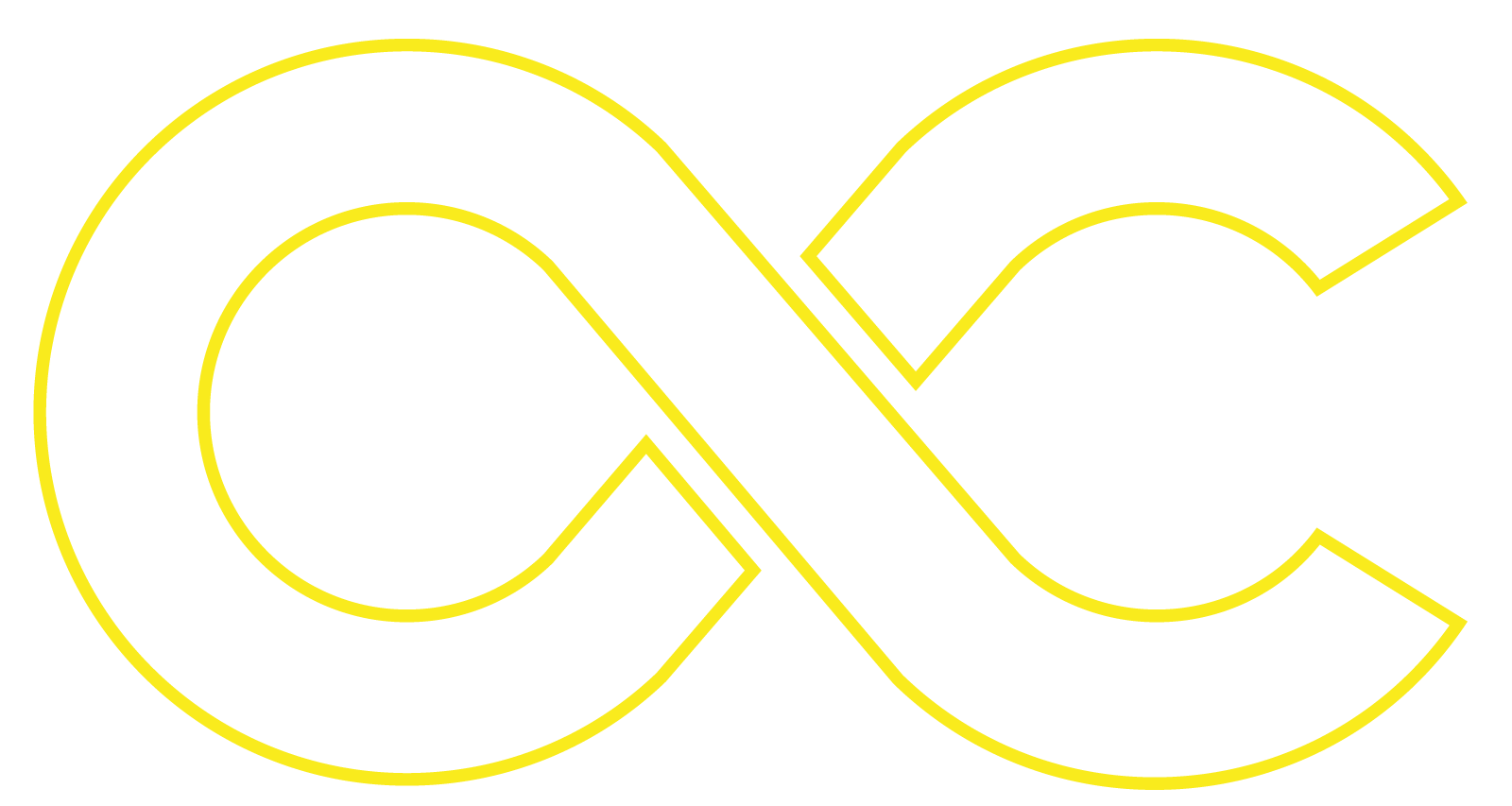


Fire dryers – Did you know that between 2021 and 2022, fire dryers and washing machines were responsible for nearly 1500 house fires in the UK, accounting for nearly 5% of all domestic appliance fires? This staggering statistic highlights the significant risk that poorly maintained dryers and other white appliances pose in homes nationwide.
According to Which?, white goods appliances—mainly washing machines and tumble dryers—account for as many as 60 house fires a week in the UK alone. The number of fires has increased each year for five years.
Which? wants the authorities to tackle the issue of fire-damaged properties caused by appliance failure within three months. This follows the series of well-publicised fires, such as the Grenfell Tower tragedy, which was started by a faulty fridge freezer.
Fast Facts
The key reasons cited for tumble dryer fires were:
Insurers strongly advise following manufacturer instructions, regularly cleaning filters, and never leaving tumble dryers running unattended.

In recent years, dryer fires have emerged as a significant hazard in homes, restaurants, and small businesses, causing substantial damage and, in some instances, tragic loss of life. Understanding the risks associated with dryer fires and adopting practical maintenance and safety measures is paramount for safeguarding your premises and loved ones. In this comprehensive guide, you’ll learn about the dangers of dryer fires, fires caused by other white appliances, and the essential maintenance and safety practices that can help prevent such disasters. As a homeowner, understanding and implementing these safety measures is crucial for protecting your premises and loved ones from one of the UK’s top causes of household fires.
Dryer fires can occur due to various factors, the most prevalent of which is lint build-up. Lint is highly flammable and poses a notable fire risk when combined with the high temperatures generated during a dryer’s cycle. Other common causes include obstructed dryer vents and operational faults within the dryer itself. These are specific to dryer fires, but there are further fire risks for other white goods and electrical appliances.
There are many causes of electrical appliance fires in homes. Some of which can be easily avoided by homeowners. The most common causes are:
Many fires result from low-grade individual component parts manufactured to meet the bare minimum of standards to minimise cost.
When assessing risk, it’s essential to differentiate between electric and gas dryers. Though both types can precipitate fires, how they operate – and, consequently, potential points of failure – varies significantly. Understanding the mechanics behind your type of dryer is crucial for effective risk assessment and prevention.
One example of a defect affecting millions of tumble dryers under the Hotpoint, Creda and Indesit brands has apparently led to hundreds of fires since 2004. The Commons Business Committee made public that more than one million potentially dangerous dryers were still being used in people’s homes.
In fact a freedom of information request to fire authorities and the Home Office shows the scale of faulty appliance fires in Britain. faulty kitchen appliances have accounted for over 16,000 fires across the UK over the last 5 years. Branded washing machines and tumble dryers caused one-third of the fires, followed by cookers, ovens, dishwashers, and fridge freezers.
What Oakleafe Clients Say:

Preventing dryer fires necessitates a proactive approach. Key measures include:
To reduce the risk of fire, when using kitchen appliances or any electric appliances, always keep a close eye on them. Leaving them unattended increases the risk of a severe fire breaking out and reduces the chance of you preventing it.
Turn appliances such as tumble dryers and washing machines off at the socket when you leave your house to reduce risk.
If you plan to purchase new appliances, particularly white goods, research any warnings about their history of starting fires before you commit to the order. You can search online for your appliances or go directly to the manufacturers to ask about fire safety warnings associated with the unit.
Adopting a schedule for routine checks and maintenance can significantly mitigate fire risks. Daily, inspect the lint filter for blockage, and weekly, inspect the dryer vent for any visible signs of obstruction. A more thorough monthly investigation of the dryer’s exhaust system should be conducted.
In addition, a more general focus on home fire safety and features like smoke alarms can help prevent domestic fire incidents and keep your family safe, as many ‘white appliances’ can represent a fire hazard.

Appliances, particularly white goods, are defined as the leading cause of fire hazards in properties at least once per day in the UK. The London Fire Brigade have publicly named some of the manufacturers in the past and pleaded with them to issue safety warnings on all ranges known to pose a risk of starting a fire. They have also asked manufacturers to encourage engineers to visit and rectify or recall any faulty appliances as soon as possible to prevent further fires.
Fire Rescue Services attended 577,053 call-outs in the year ending March 2022, compared with 518,270 the previous year. Of these, 152,608 were fires, an increase from 151,095.
The table below shows electrical appliance fire statistics of the ten domestic appliances that caused the most fires in UK homes in 2020/21, according to Home Office statistics:
| Domestic Appliance | Fires in UK (2020/21) |
| Cooker (including oven) | 7246 |
| Electric hot plate/stove | 1291 |
| Grill/toaster | 1260 |
| Microwave oven | 790 |
| Tumble dryers | 542 |
| Washing machine | 456 |
| Deep fat fryer | 238 |
| Dishwasher | 224 |
| Fridge / Freezer | 202 |
Cookers
Cookers such as your electric ovens caused over 7000 fires in the UK in 2020/21, the most of any domestic appliance. Cookers and oven fires are often caused by leaving food or food scraps inside them unattended. If you suffer an oven fire, you should immediately:
Electric Hot Plate or Stove
Electric hot plates or stoves caused the second-most domestic appliance fires in the UK in 2020/21, with over 1,200 cases. Before using your stove, it is essential that you clean off any grease and flammable grime before turning off the heat. A dirty stove is a fire risk.
Grill / Toaster
Grills and toasters were also responsible for over 1200 fires in the UK in 2020/21. Placing these close to anything that can burn is always risking a fire. A faulty toaster that fails to turn off is also a common cause of home fires. It is sensible to unplug these kitchen appliances when they are not in use to avoid these potential fire risks.
Microwave
Almost 800 fires in the UK were caused by microwaves in 2020/21. As you can imagine, placing metal pieces in the microwave, sometimes found in food packaging, will likely cause a fire. Clean all remaining food; a buildup of food poses a potential fire risk. You should also avoid overheating ingredients in a microwave. Never leave anything in the microwave unattended.
Tumble dryer
Tumble dryers caused 668 fires in 2019/2020. To help with fire prevention, we have provided you with some simple steps to follow. Remove lint from the machine after every load of clothes that you dry. Do not cover any vent or opening on the device. Sweep or vacuum areas around the dyer to prevent fluff build-up. Do not use it while sleeping or when away from home.
In the unfortunate event of a dryer fire, immediate action includes:
Following a fire extinguishment, assessing the damage and contacting your insurance provider is critical as you may need to make a fire damage insurance claim. Consider the extent of damage and potential risks of future fires when evaluating whether your dryer can be salvaged or needs replacing.
Many people are unaware of the toxicity of smoke damage after an appliance fire. Temperatures in even the smallest of fires regularly exceed 1000 degrees centigrade.
However, it’s not just heat that causes damage. Smoke is insidious and remains a significant problem long after a fire has been extinguished. The dangers of smoke damage can be grave to people and properties and it’s vital that homeowners understand how to remove the smoke smell from their property after a fire.
Read about dealing with smoke damage from a neighbour’s fire.
The importance of dryer fire safety cannot be overstated. Vigilance and continuous adherence to recommended maintenance and safety practices are essential. By ensuring a safety culture and proactive maintenance, the risks associated with dryer fires can be significantly reduced, ensuring your environment remains safe and secure.
Incorporating these guidelines into your routine not only enhances the safety of your premises but also prolongs the life of your appliance, ensuring it continues to operate efficiently and effectively. Remember, prevention is always better than cure – regular maintenance and awareness are your best defences against dryer fires.
Oakleafe Claims have represented policyholders and managed their insurance claims since before the First World War. We have vast expertise and experience in both domestic and commercial fire insurance claims with thousands of satisfied policyholders who have received their deserved insurance settlement. With no upfront fees required, our internal data shows that insurance claims managed by professional loss assessors like Oakleafe can expect a settlement up to 40% higher than claims managed by the policyholder.
What Oakleafe Clients Say:



Please complete the form and one of our insurance claim professionals will call you back ASAP